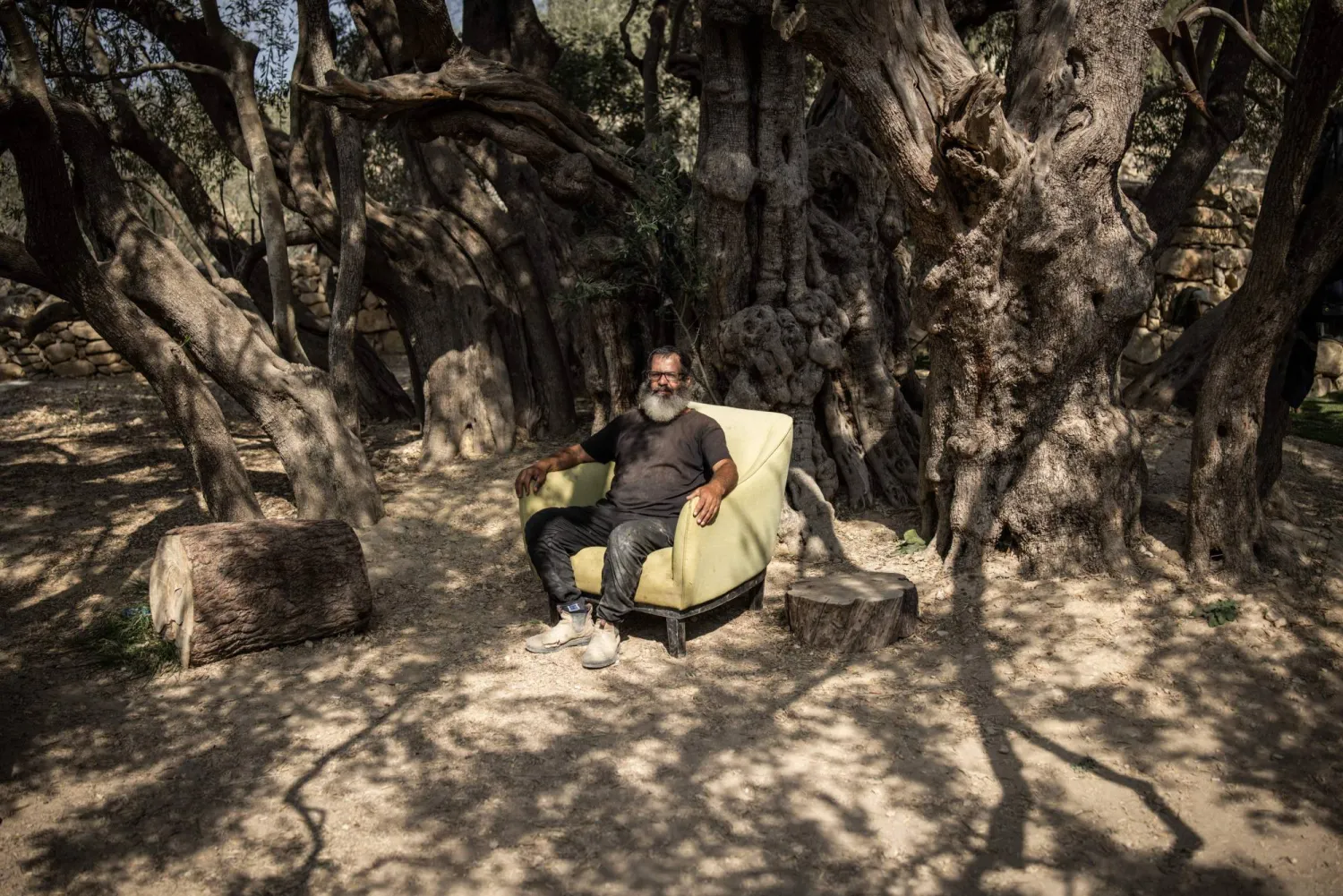The name of the area al-Khandaq al-Ghameeq near central Beirut has been associated with confrontations with anti-government Lebanese demonstrators who took to the streets on October 17. Their attempts to contain those attacking them from that area were not fruitful, whether through mothers’ marches from neighboring areas, a visit by members of the Tripoli Municipality that emphasized that Lebanese pain is one, or by the protesters’ chants through megaphones against sedition.
Almost one week ago, the Khandaq youth assaults on protesters in central Beirut and their confrontations with the security forces and their use of Molotov, sticks, and stones, dominated the headlines and live coverage, until the events that took place on Tuesday, including burning cars in an attempt to create tensions and force protesters out of Beirut’s squares.
Al-Khandaq al-Ghameeq is located right next to central Beirut and spans from Basta Tahta to Fouad Chehab Bridge, known as Ring. Its buildings carry the marks of Lebanon’s 1975-1990 Civil War and are in apparent contradiction with the fancy buildings next to the financial center.
Mukhtar of Bashoura Mesbah Eido tells Asharq al-Awsat that “al-Khandaq spans 500 meters and ends at the French Hospital that was razed to the ground before the 1975 war started. A real estate company bought it out a while ago but stopped after finding an archaeological area there. Al-Khandaq was a line of contact during the war, ending at the Ring. Inside its neighborhoods, life was normal. A Christian majority and some minorities inhabited the area. The Syriac church is still there under reconstruction, along with Christian properties. This area, however, was invaded by displaced persons during the civil war, who were compensated by the displaced fund and the owners retrieved their properties.”
Al-Khandaq is adjacent to Zaroob al-Haramiye [Thieves Alley] that separated it from Bashoura graveyard, the oldest in Beirut. It is simultaneously famous for comic and horrific stories.
Al-Hajj Ali, an elderly from the area, tells Asharq al-Awsat, “These alleys would beat with stories about strong men dominating the entrances to downtown Beirut and would follow leaders’ commands. However, there is a big difference between the movements of the forties and fifties of the last century, where a gallant strong people would help those in need and would protect families, and today’s thugs, hooligans working for their interest or for whoever pays.”
In Eido’s opinion, what is happening from al-Khandaq is “the result of poverty and negligence due to the state’s indifference to the people.”
Mahdi, the owner of a newspaper distribution company, tells Asharq al-Awsat that the protesters’ constant attempts to block the Ring road “harms the people in al-Khandaq as it stops them from entering the area. They have always demanded that the road is blocked from the Ashrafieh side and not theirs, but they were not heard.”
He insists that “people from al-Khandaq are peaceful, but the provocations have gone beyond the limit. Every leader has his group. When social media shows cursing and news of buses from Tripoli and Akkar headed to protect the protesters from al-Khandaq’s residents, motorcycles start gathering, and the young men prepare themselves to defend their rights and dignity.”
Mahdi points out that the Sunni families in al-Khandaq are very few, alongside two Christian families predating the civil war.
One of the young men from al-Khandaq does not agree with Mahdi, saying that “the area is Shiite and poor, and the predominant population there is Shiite, mostly unemployed and affiliated with Amal Movement or the Resistance Brigades. However, Hezbollah does not have much dominance there.”
Its young people do not deal with Amal supporters because they are organized and committed to a partisan direction. Amal and the Resistance Brigades assemble, get a call, and mobilize. It’s not important whether they get called by official parties, perhaps they are being mobilized by some fifth column, he says.









